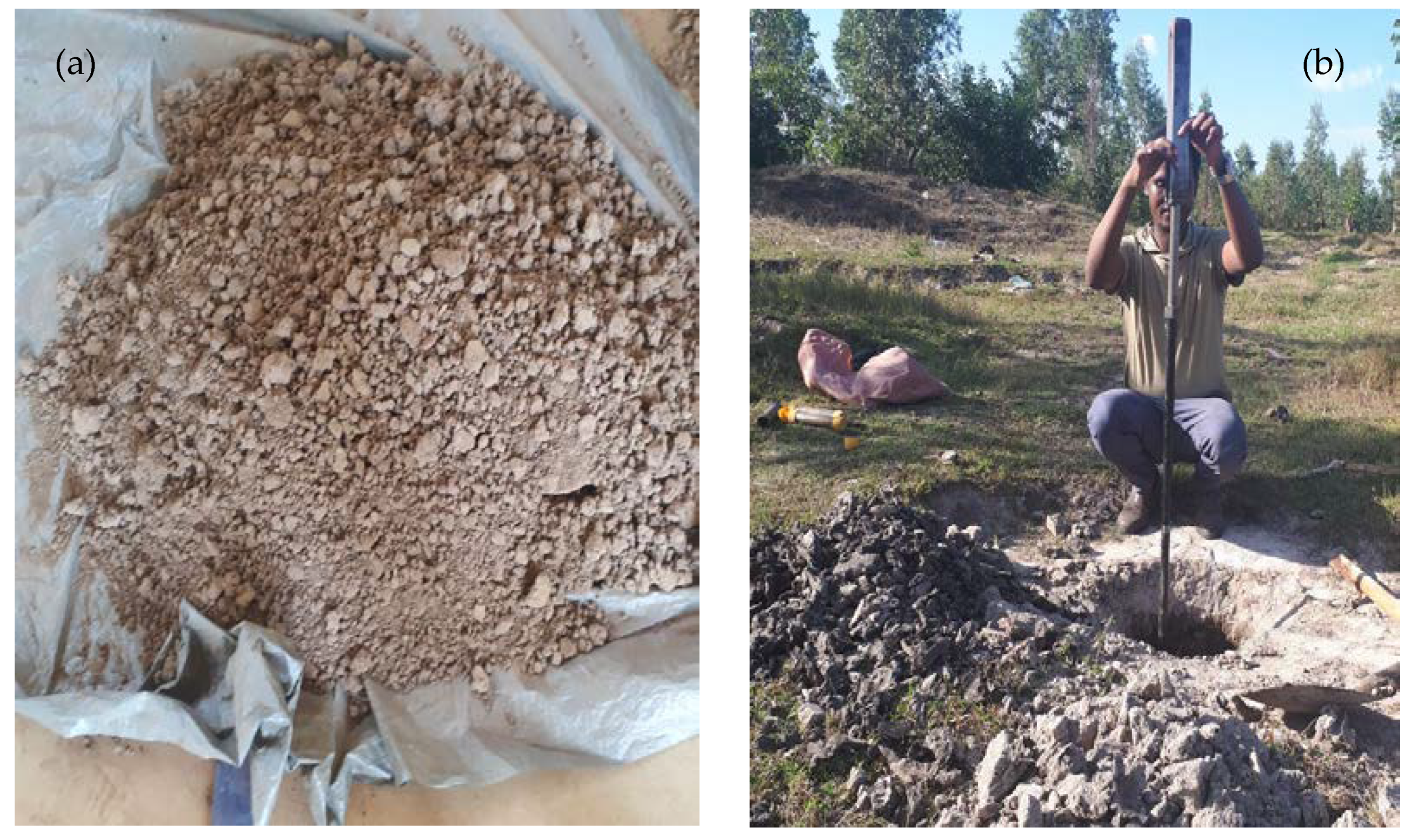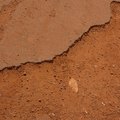


The objective of this study was to evaluate the least limiting water range in Udox soil under degraded pastures with two faces of exposure to the sun and three pedoenvironments. The South and Caparaó regions of Espírito Santo, Brazil are characterized by relief of ‘hill seas’ with differences in the degree of pasture degradation due to sun exposure. soils, and indicates that this relationship might be a general one.ĪbstractThe efficient use of water is increasingly important and proper soil management, within the specificities of each region of the country, allows achieving greater efficiency. The Arrhenius relationship between k and temperature for surface soils (log k = 6.14-2285/T) was similar to that reported by Stanford for U.S.A. The average k for surface soils was interpolated to be 0.058, 0.031, and 0.018 week-1, corresponding to half-lives of 11.9, 22.4 and 38.5 weeks, at 35�, 25� and 15�C, respectively these values are similar to those reported for U.S.A. The mineralization rate constant (k) was directly proportional to total carbon, the fuel for microbially mediated reactions in soil. Expressed as a fraction of total nitrogen (No/Total N), it ranged between 8 and 21%, and was directly proportional to cation exchange capacity, perhaps implicating expanding lattice clays in stabilization of cell lysates and metabolites. The concentration of potentially mineralizable nitrogen (No) (1) ranged from 67 �g nitrogen g-1 for a red earth subsoil to 256 for a recently cultivated cracking clay surface soil, (2) was directly proportional to total soil carbon, (3) was greater in surface than in subsurface soil, and (4) was greater in subtropical than tropical soils. The procedure of Stanford and coworkers was used to quantitatively relate net nitrogen mineralization in five Queensland semi-arid soils to temperature.


 0 kommentar(er)
0 kommentar(er)
